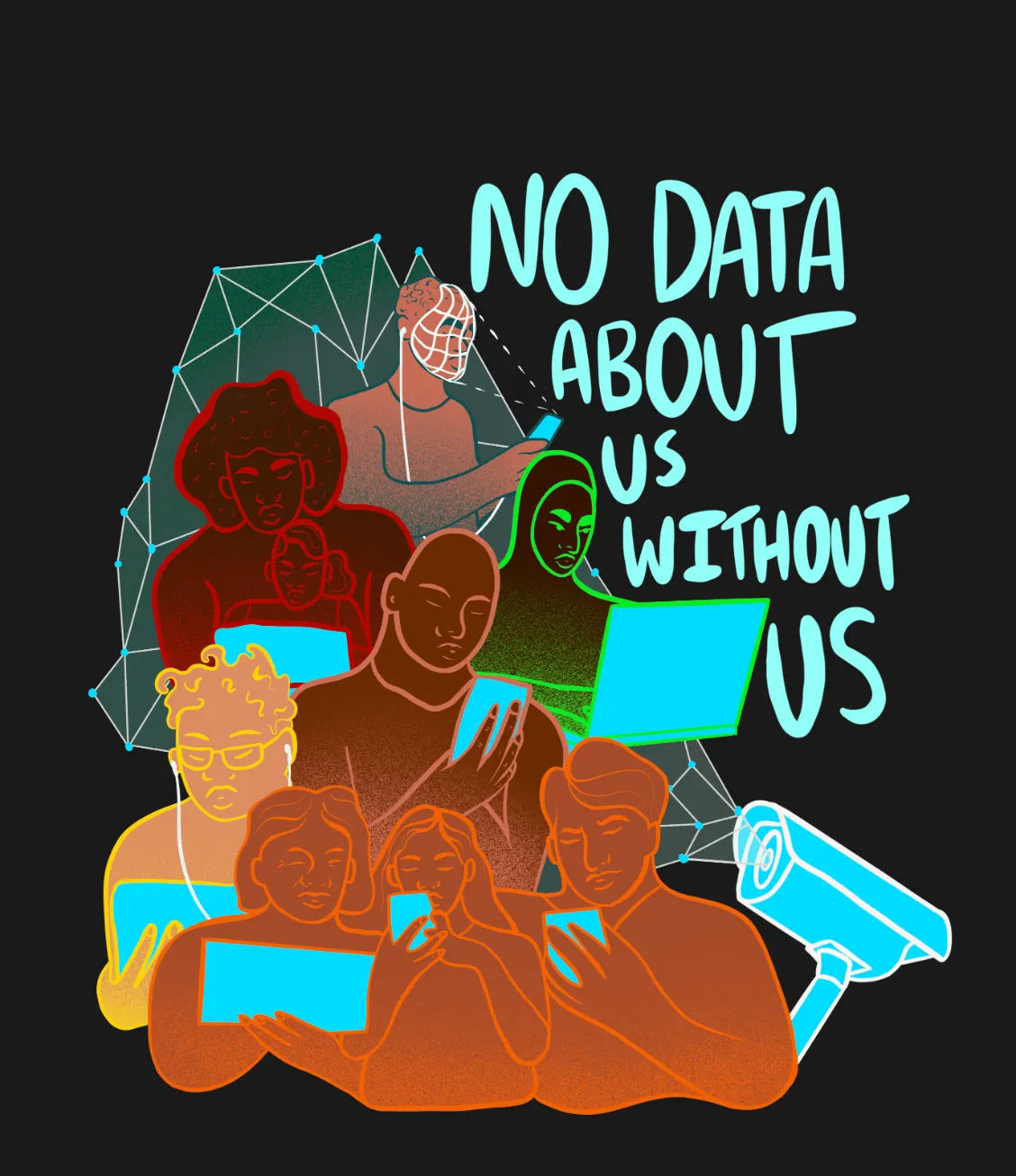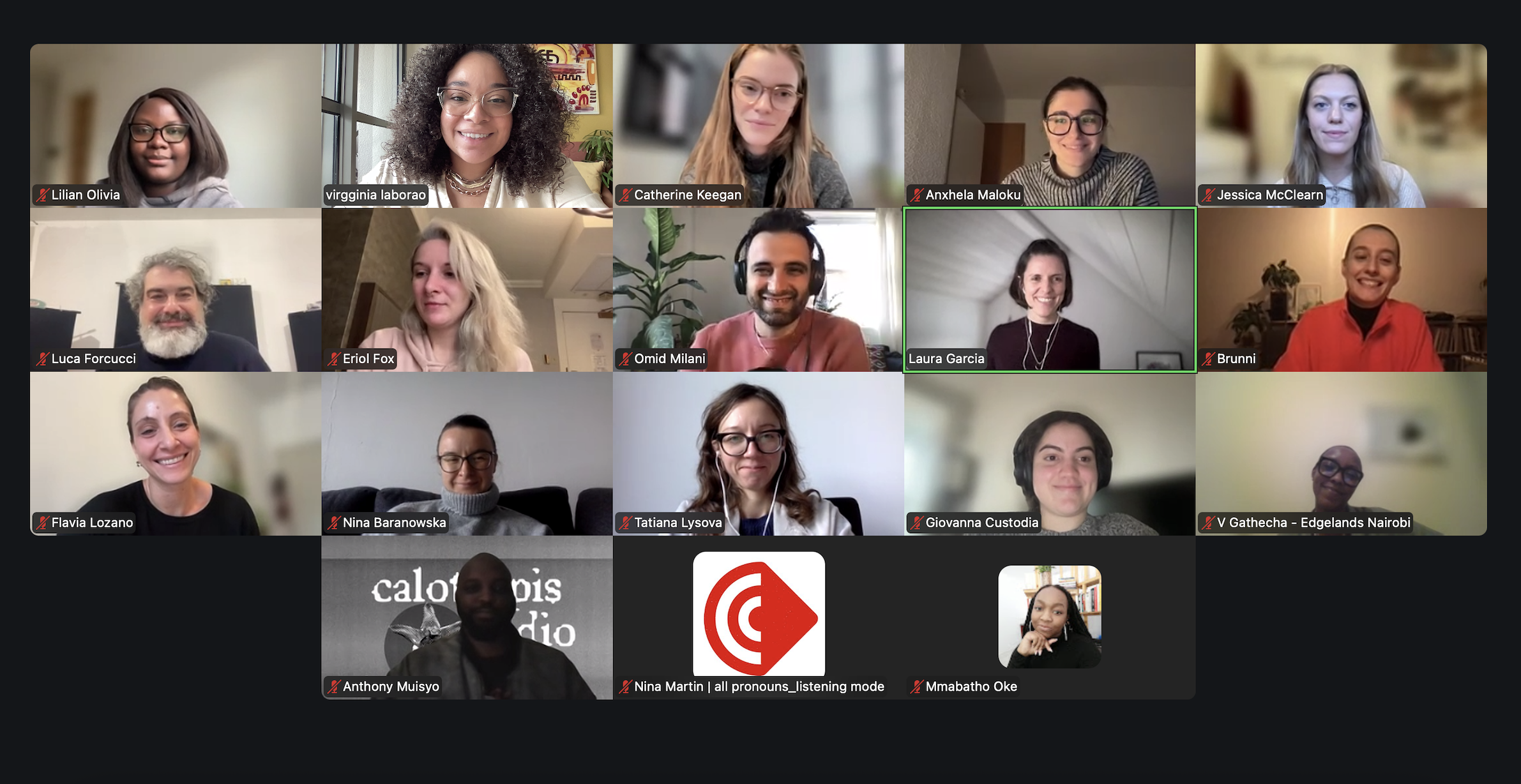Through the Lens of Surveillance: An Interview with Lindokuhle Sobekwa
We had the opportunity to sit down with Lindokuhle Sobekwa to delve into his photography series for Magnum Edgelands Nairobi. Bringing an insightful perspective that transcends mere documentation, Sobekwa’s work offers a commentary on the intersection of urbanization, surveillance and photography

Photo: Lindokuhle Sobekwa
“I remember the first time I saw a surveillance camera - people where concerned with who was looking at us and how. But now it’s something people just go by.”
We had the opportunity to sit down with Lindokuhle Sobekwa to delve into his photography series for Magnum Edgelands Nairobi. Bringing an insightful perspective that transcends mere documentation, Sobekwa’s work offers a commentary on the intersection of urbanization, surveillance and photography.
Edgelands Institute: So how are you doing today, Lindo? Let's start with that.
Lindokuhle Sobekwa: I'm great. It's one of those days where the light was just amazing. So, you know, I thought, let me go to the street and work. I'm doing a project around gardens. I’m photographing gardens, photographing plants. We are approaching winter, so some of the plants you see there are kind of struggling around this time.
EI: Can we ask you to quickly introduce yourself and a little bit of what you're interested in?
LS: My name is Lindokuhle, a South African photographer, working with Magnum Photos. Currently, it’s a project about gardens. It’s beyond gardens - it’s more about looking at the relationship between the urban and the countryside. My earlier project was about my sister Ziyanda, who disappeared. I also made a project about tracing a footprint, which ended in the Eastern Cape, and now I’ve been doing work there and in Johannesburg which is also informed by my family’s oral history.
“You know, gardens [in South Africa] are not just gardens, they are places where a lot of violence happened in the 1990s during the political rival war between the ANC* and IFP**. So it’s interesting to see the places where there were horrific images of dead bodies. Now they’ve been transformed into these beautiful gardens. Or parks, or houses.”
So I visit these same places as I do in the Eastern Cape, and that’s pretty much what I’ve been interested in. The project is titled “Ezilalini (The country)”, that’s what it’s all about.
EI: And normally, are you interested in that type of relation between history and the city? That’s normally the focus of your work?
LS: I think I just work on what interests or concerns me. If you think about my early body of work, I dealt with drugs and how it affects kids and people my age. Or you can think about something I did where my mother worked, in Tulsa. It’s a place that I didn’t know much about, but I was kind of curious and interested. So my interests and my concerns vary over time. Even during COVID, I was concerned about a lot of things, so my work respond to what was happening during that time.
I also like to experiment a bit. One of the experiments I’m doing is making collage family trees and collecting a lot of family photos from different family members of mine, and things that connect with what I’m trying to tell. It’s not just about my family history, but also the history of my country, South Africa. I was thinking about this [family] tree as something that can connect both present and past. Same thing when I went to Kenya, I started experimenting.
EI: About the work you did for Edgelands [in Kenya], I see these very immersive, blurred images. I think this blurring evokes a sense of intimacy with the subjects, but also a degree of anonymity. Could you elaborate more on this? Why blur these images, what’s the technique?

LS: My initial idea was actually to think about surveillance, its history and the history of photography - and the camera obscura, the first camera ever made. At first I wanted to make a camera obscura using a house, so I worked with a group of students at Ojukwu Art Center in Kenya and we spent, I think, two days trying to block all the light. The camera obscura needs to be a very black box, and you open a small hole and the light that comes in reflects an image upside down of the community there. That’s another way of surveilling people, you know. It worked, but didn’t translate the way I wanted it to. So I created a box again, and used a magnifying glass. When you speak about the blurring of the images, that’s because of the two magnifying glass I used - one for farsighted people, and the other one for close-sighted people. It was interesting when we put those together, it couldn’t focus on people who were close to me, only people who were far away. Even if I was photographing a landscape, it had sort of a narrow focus into one area, which created this circle of sharpness, and the rest is blurred.
At the same time in Kenya, we were in the midst of settling my permission to work in public spaces, which is something you need to do there, it’s one of the laws for photojournalists. I was working with an agency to get these papers sorted out, but because I had limited time, I had to find something that could work. So putting the camera in the box was a solution.
Then I thought this could be interesting, I could work in the street just putting a camera in a box and taking pictures through this camera obscura. We didn’t encounter any challenges though; we came across officials but they didn’t really question us. In a way, the camera obscura was another surveillance object, but there was this kind of distorted, fragmented image of the people, not their actual image.
I also took straight photographs of people walking through areas that are heavily surveilled, and it was interesting to see how people have normalized surveillance cameras, rather than question them.
EI: That also makes me question the difference between analog and digital photography, how an analog picture is very hard to track - authorities can’t surveil that, what pictures you take and why. But on the digital side, it’s way easier, cameras are connected to the internet, files circulate more easily, and the computer is also somewhat being surveilled. Can you talk about this difference between analog and digital and the possibility of being observed in the city?
LS: With analog photography you could get away with a lot more because people cannot see how you’re looking at them. With digital, people can almost see how you saw them. There’s a saying in my language, “someone is always watching”. Whether it’s through technology or a person, there’s always someone observing, even while you’re photographing someone else.
“We are living in a time when this idea of being looked at is very prevalent. When you’re carrying a camera, it creates a lot of suspicion around you, and it’s how you negotiate your space and your presence that make people [trust you or not].”
EI: So there’s a dimension between the technology that one holds and its consequences on one’s environment, right? Would that also fit for governments and institutions? I mean, what’s your perspective on situations like the government’s effort to install surveillance systems in Nairobi following periods of terrorism? Do you believe cameras are effective in achieving this purpose of preventing terrorism and creating safer spaces?
LS: I’ve had that conversation because I was wondering the same thing. According to the few people I spoke to, in many areas in Kenya, crime has actually decreased since installing cameras. It’s a different case in South Africa though - I’m based in Johannesburg CBD, a heavily surveilled area, and crime still happens, and it has increased in the past few years. But they are currently in the process of implementing more cameras from China, still. Many people believe criminals are not afraid anymore. In a society with 10 million unemployed youth, they have nothing to lose. I think the solution is to create employment and education, fighting both crime and poverty.
EI: And as a photographer, how do you believe that art could facilitate discussions around political, economical and cultural issues in the increasing digitization of security globally, but also in Nairobi?

“I think the role of a photographer is to create conversations and engage people with the digital world.”
LS: I think the role of a photographer is to create conversations and engage people with the digital world. Sometimes, surveillance systems are installed to prevent crimes, but people don’t understand the broader implications. I believe artists can serve as intermediaries, raising awareness and giving people a voice. You find out that a lot of people don’t actually know how they’re being seen or how the cameras are looking at them.
I’ve seen other artists, like the ones involved with Edgelands in Kenya, build a bridge between surveillance and art. This helps us create a better understanding of how these two can benefit the community and the business that own the technology. The world is becoming more technologically advanced, and it’s important for people to understand the implications. Art can create that bridge. I remember making a large camera box and placing it in a public space - people were curious, and they would ask me what it was. They’d look through it and see people and realize “oh, this is how you see us”. These conversations about technology are important because many people don’t fully understand how it works. Artists are well-suited to create dialogue and engagement around such topics.
*The African National Congress (ANC) is a political party in South Africa. Originally a liberation movement opposing apartheid, it has been in power since 1994, when Nelson Mandela was elected as President of South Africa in the first post-apartheid election.
** The Inkatha Freedom Party (IFP; Zulu: IQembu leNkatha yeNkululeko) is a conservative political party in South Africa and part of the current national unity government alongside the African National Congress (ANC). Though registered as a national party, its electoral success outside its home province of KwaZulu-Natal has been limited. Founded in 1975 by Mangosuthu Buthelezi, who served as chief minister of KwaZulu during apartheid, the party was led by him until 2019, when Velenkosini Hlabisa became the new president.
Parts of this interview have been edited and condensed for clarity.



